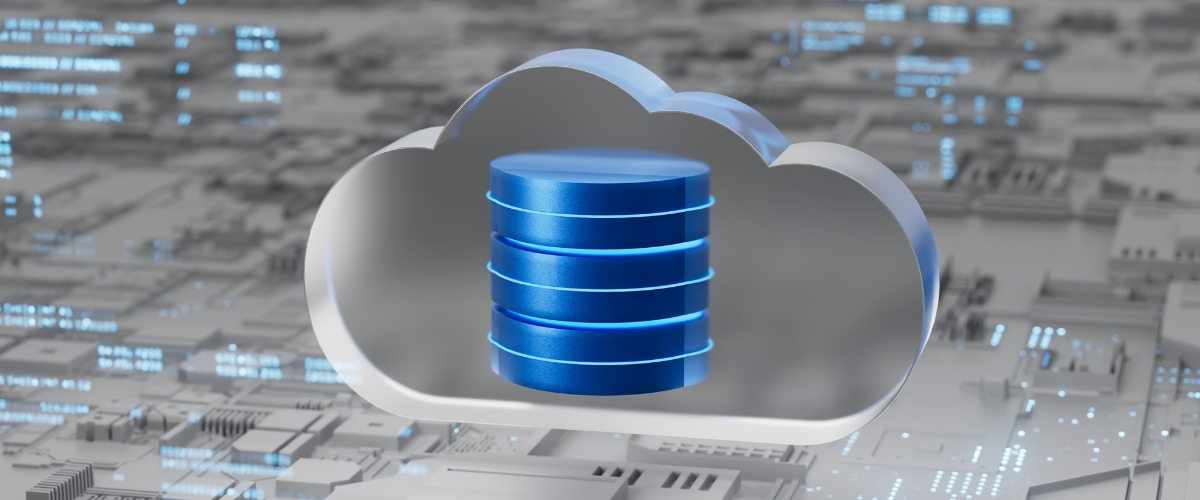Analytics on Cloud – Trends Enterprise CIOs Must Have an Eye on in 2023

In 2020, Gartner predicted that 33% of businesses would be dedicating resources to decision intelligence, particularly decision modelling, by 2023. This reliance on analytics initiatives can be attributed to the fact that the cloud has made analytics exceptionally accessible. Thanks to cloud computing, it’s easier for enterprise analytics strategists to process data without worrying about the local server location.
It’s easier to scale the analytics initiatives as per the business requirements, perform regular audits to confirm security and control, and allow for democratizing analytics by empowering non-technical users to make sense of data.
Certainly, the statement that “the cloud has moved advanced analytics from exclusive to accessible” by McKinsey’s Henning Soller is an optimistic proposition as enterprises plan to make their cloud computing and analytics initiatives successful in 2023. To that end, this article elaborates on the cloud analytics trends that enterprise CIOs must pay heed to in 2023.
-
Democratization of the Analytics Function
In a Harvard Business Review-Google study, 97% of the leaders said that to prosper and realize business success, analytics initiatives must be democratized.
When enterprises move to the cloud, they aim to enhance operational agility, give enough room for the DataOps teams to harness their engineering prowess, and build a culture driven by relevant data. So, it doesn’t surprise that businesses remain keen on making analytics initiatives accessible and operational across the organization to nurture business intelligence.
Data Privacy and Sovereignty
- Increased focus on empowering business users to access the business intelligence tools
- Business users take the help of self-service insights to shape their analytics.
- endeavors in a way that is tailored to the business needs.
- Self-service tools being designed in such a way that they look and feel intuitive and facilitate a continuous journey for individuals to learn, extract, and deliver actionable data insights.
Indeed, an increase in the number of business users accessing and making sense of data would be a catalyst for:
- Confirming if the enterprise-wide strategic decisions are being backed with the crucial insights needed to make them successful
- Identifying gaps in operational intelligence and taking immediate corrective actions
- Fine-tuning the analytics and business intelligence initiatives as part of a more comprehensive digital transformation program
-
AI and ML – Powered Predictive Analytics
According to Statista, the predictive analytics market will reach the $41.5 billion by 2028, up from $5.29 billion in 2020. That’s a significant growth by any standard – especially considering that predictive analytics’ capabilities have already been displayed in the past few years.
Carrying out predictive analytics on the cloud has its own set of advantages. Consider this; at Ellicium, we help businesses use the knowledge gained via ML-powered predictive analytics by focusing only on meaningful insights. This way, businesses can make informed decisions about the data storage capacity, provisioning of resources, and a host of other aspects to accommodate operations during market fluctuations. This dynamism also allows them to scale the infrastructure and improve its performance on demand.
As we head into 2023, CIOs must note that predictive analytics on the cloud could help them optimize the performance of the infrastructure, predict an impending change in demand, anticipate data growth as well as identify the opportunities in the market, ensure proper regulatory compliance, and grow the sales by identifying the right apps and solutions to integrate.
-
Multi-Cloud Analytics
According to the Flexera 2022 State of the Cloud Report, around 89% of the organizations affirmed having a multiple-cloud strategy. The report further outlined that 80% of businesses use a hybrid cloud strategy i.e., a mix of public and private clouds. The multiple-cloud approach is in vogue, and it’s here to stay. And this makes sense because it offers businesses the advantage of utilizing the best vendor for a particular task, drawing on their expertise, and mitigating the risks related to a single-cloud approach.
What does this mean for analytics initiatives? In two words – analytics anywhere. With multi-cloud, businesses can delegate certain analytics workloads to specific cloud resources depending on the nature of the data sources.
This way, organizations can, for example, offload or perhaps distribute the heavy-duty analytics workloads to the best cloud and toolsets and avoid locking themselves into a single cloud provider – while also accelerating time to value and enhancing the performance of their data analytics initiatives.
How Ellicium Can Help CIOs Ride the Analytics on Cloud Wave in 2023
At Ellicium, we believe that all the relevant data needs to be accessible for making informed business decisions. For that, we help businesses by:
- Setting up cloud infrastructure and implementing optimal solutions
- Managing and sustaining cloud environments post deployments
- Performing data quality assessment via data analysis
- Powering predictive analytics to access the insights required to make real-time, informed business decisions.
- Creating self-service dashboards and reports to foster democratization of the analytics initiatives
The Bottom Line
The year 2023 will be a watershed for analytics initiatives, with enterprises pursuing data-driven strategies and new ways to access and improve their analytics capabilities. Indeed, CIOs can’t afford to be left behind.
To learn more about leveraging analytics on the cloud to transform your business, contact experts at Ellicium today!